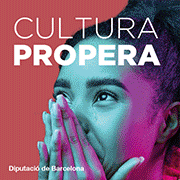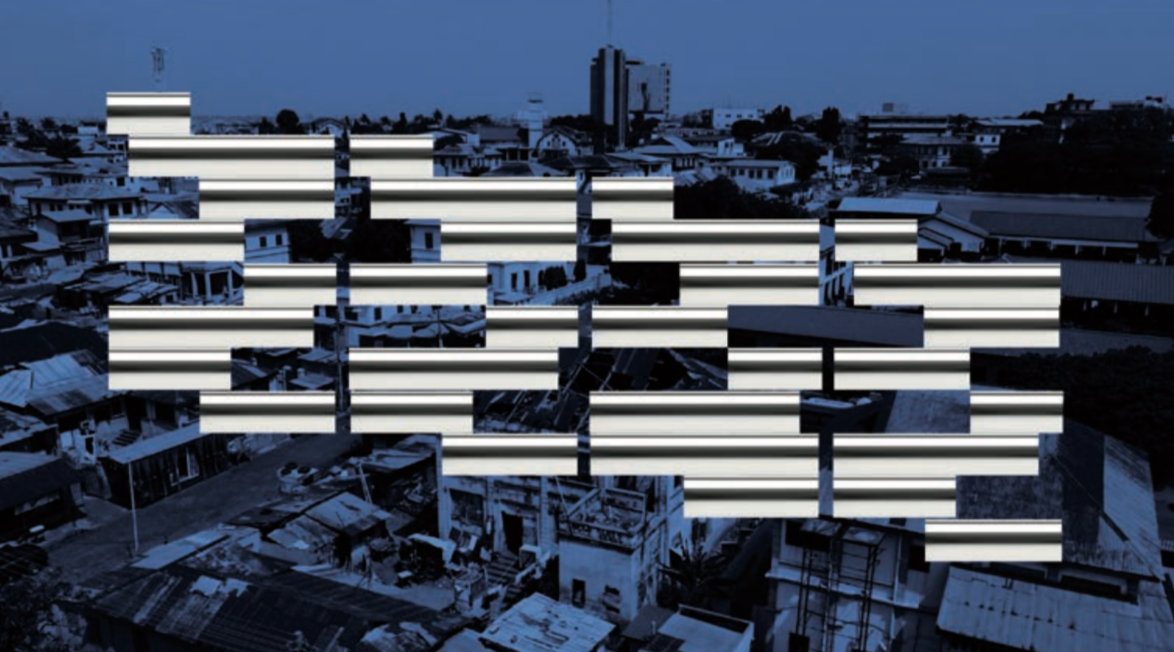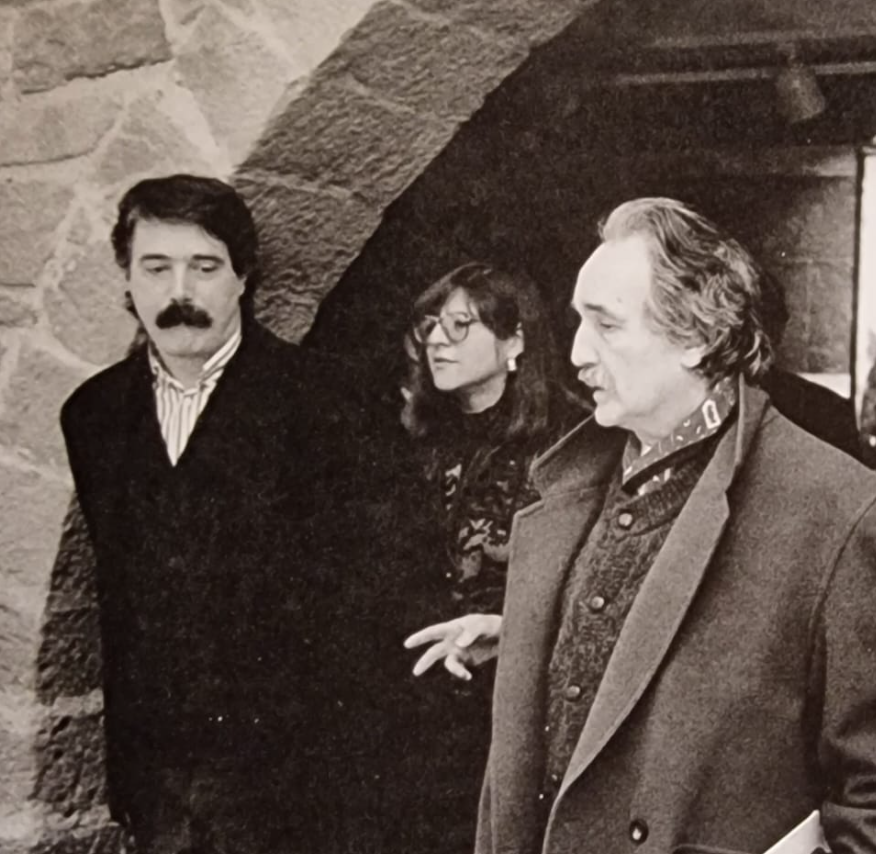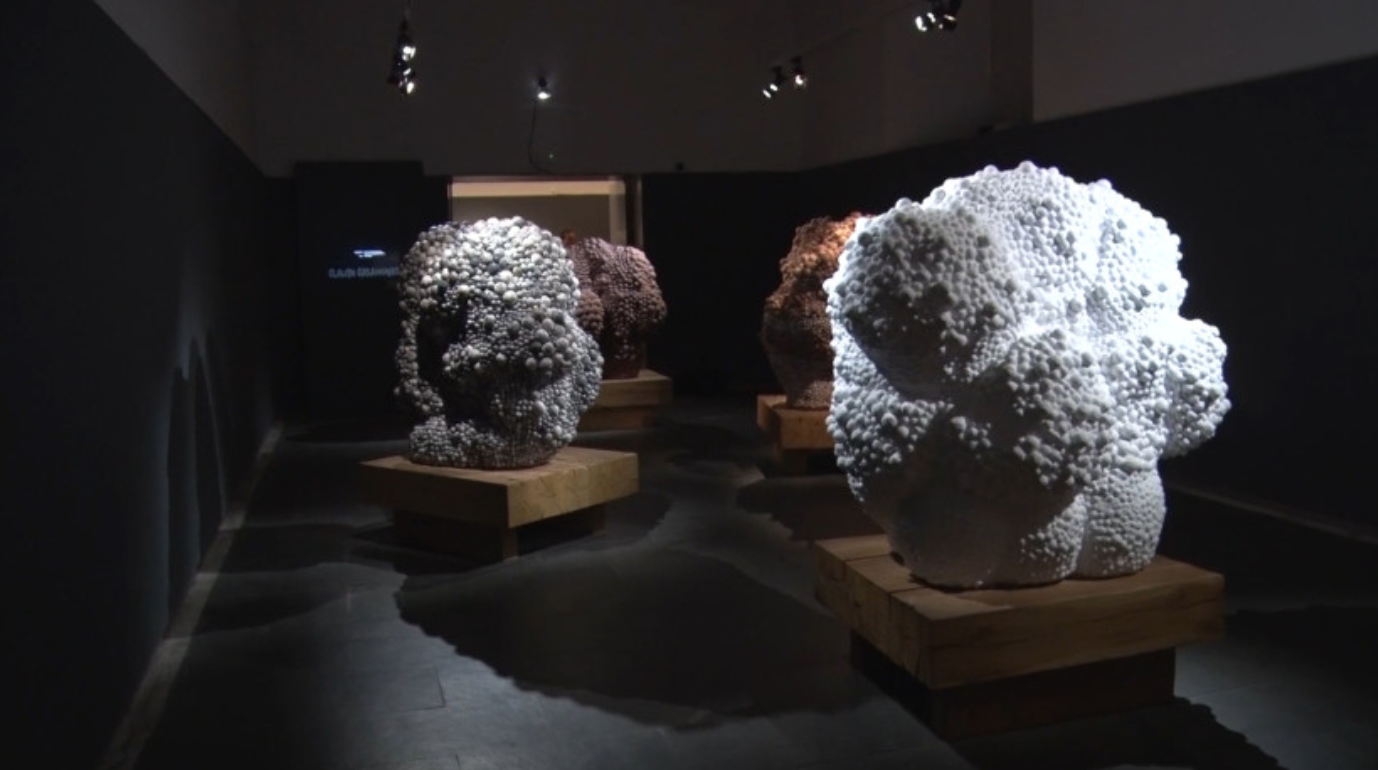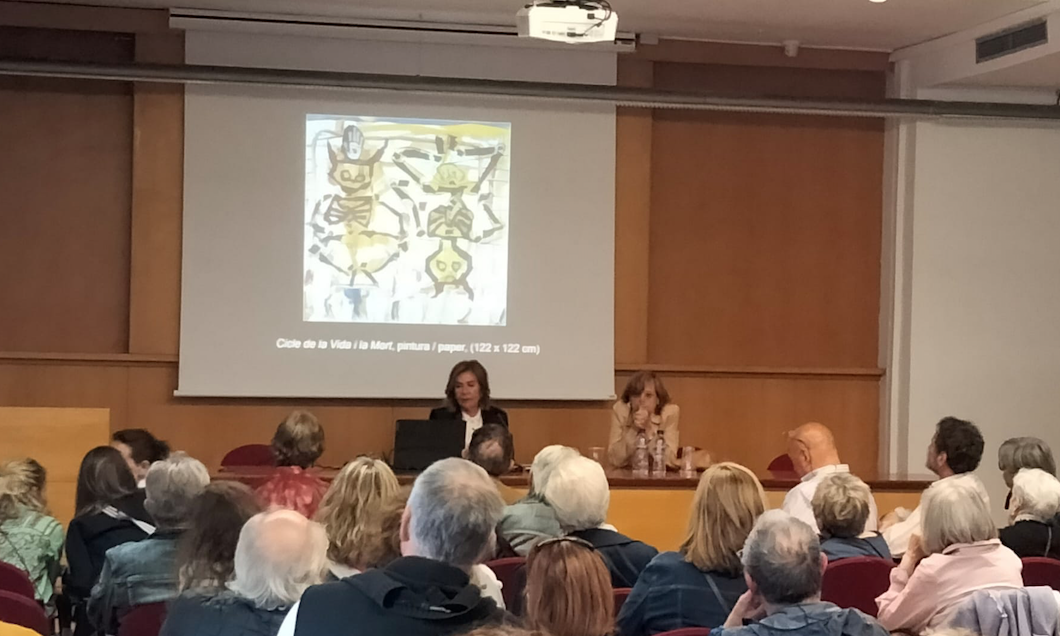Exhibitions
Glass takes center stage at the Sitges Museums
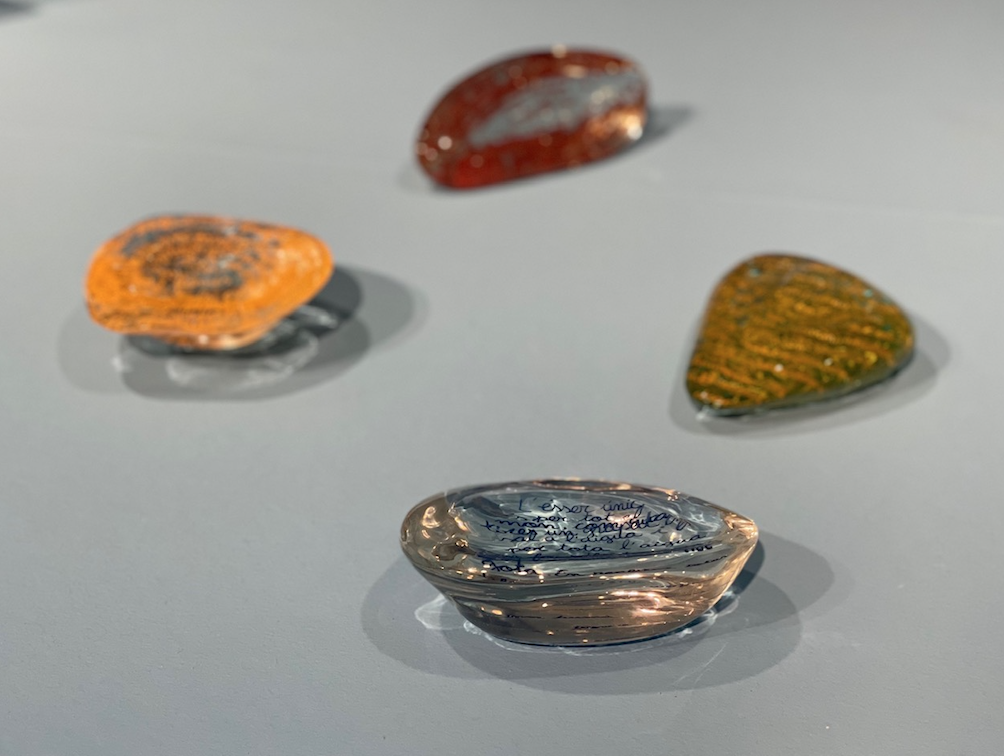
Sitges Museums claims, for two reasons, the value of glass as a piece of art. He does this in two parallel exhibitions, one of which, Catching the light (at Can Rocamora, until May 14), has this subject as a central element and in the other, The museums grow (at the Maricel Museum , until October 15), constitutes one of the most relevant prisms of the exhibited work. Both exhibitions are curated by Ignasi Domènech.
Glass as an object, but also as a material of art, goes back to 1,500 years before Christ, where the first documented glass vessels come from, produced during the reign of Tuthmosis II. In ancient times, in Egypt, first, and later in Mesopotamia, Greece, the Phoenician coasts, Rome and much of its empire, glass played both a functional and ornamental role in the respective societies.
The Maricel Museum travels back in time to exhibit a wide selection of pieces from the Macaya Collection, currently on loan to Sitges Museums and which is the second most prominent private collection of its kind in Catalonia. Jars, necklaces, rings, trays, lamps, cups or bowls are some of the glass objects that make up it and are now presented at Maricel.
The Macaya Collection consists of nearly 400 pieces of glass. The Maricel Museum exhibits an important selection, covering a wide period that goes from Egypt in the 8th century before Christ to Europe in the 18th and 19th centuries. They are the result of a collection started by Alfons Macaya Sanmartí (Barcelona, 1880 - 1950) and formed from acquisitions in different international markets. The collection has remained intact until now and the Sitges exhibition exhibits a significant representative sample.
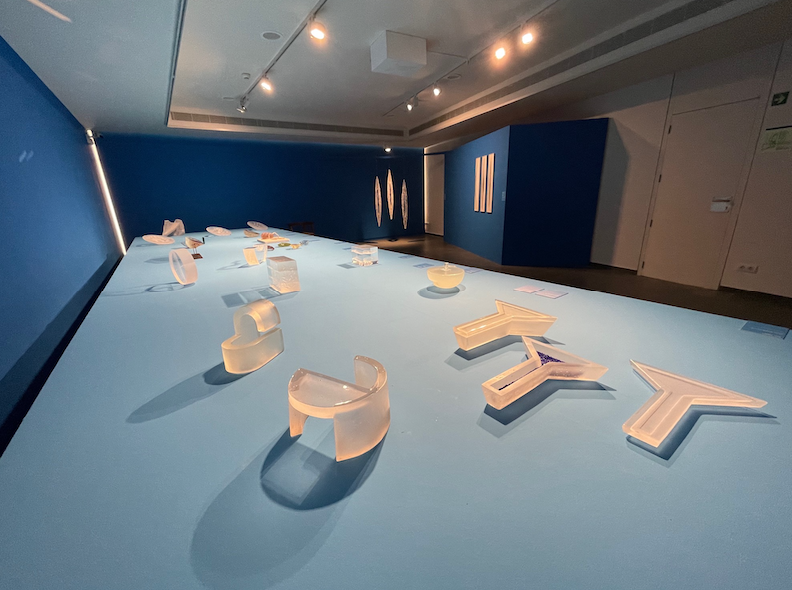
These pieces of glass are one of the faces of the exhibition The museums grow , which presents a selection of the 1,400 works added to the collections of the Cau Ferrat and Maricel museums in the last eight years, since their reform. The exhibition brings together 300 selected pieces, including paintings by Picasso, Ramon Casas, Santiago Rusiñol, Isidre Nonell, Ismael Smith, Feliu Elias and Olga Saharoff. As a whole, it is a solid cross-sectional picture of modern art, complemented by other earlier paintings such as a large oil by Alonso Cano and antique pieces of dolls and toys and from the same Collection Macaya.
A few meters from Els museu creixen , the adjacent building of Can Rocamora in Sitges presents a new journey through glass, but in this case contemporary. The exhibition Atrapar la lum presents the work of fourteen artists who have worked on this subject and who live in Catalonia. His works show creations in different formats: from blown glass to optical glass casting in lost mold to transparent cut crystal. These are forty pieces, created in different contexts and also designed to be exhibited in different spaces and situations.
The exhibition has the special ability to create unique spaces and atmospheres to show the works. In some things they show their magic in rooms and showcases, which allow them to show off their identity, in others they dialogue directly with the sea and the rays of sun that enter Can Rocamora and, finally, they coexist and contrast with Gothic pieces , the Renaissance and the Baroque of the Maricel Museum.
Behind these creations is the signature of fourteen artists who have made glass an element to search for and catch light: Pilar Aldana, Anna Alsina, Philippa Beveridge, Javier Blanco, Ferran Collado, Joan Crous, Quim Falcó, Lara Fluxà, Xavier Grau , Anna Marco, Stella Rahola, Prosper Riba, Meritxell Tembleque and Javier Vidal.



